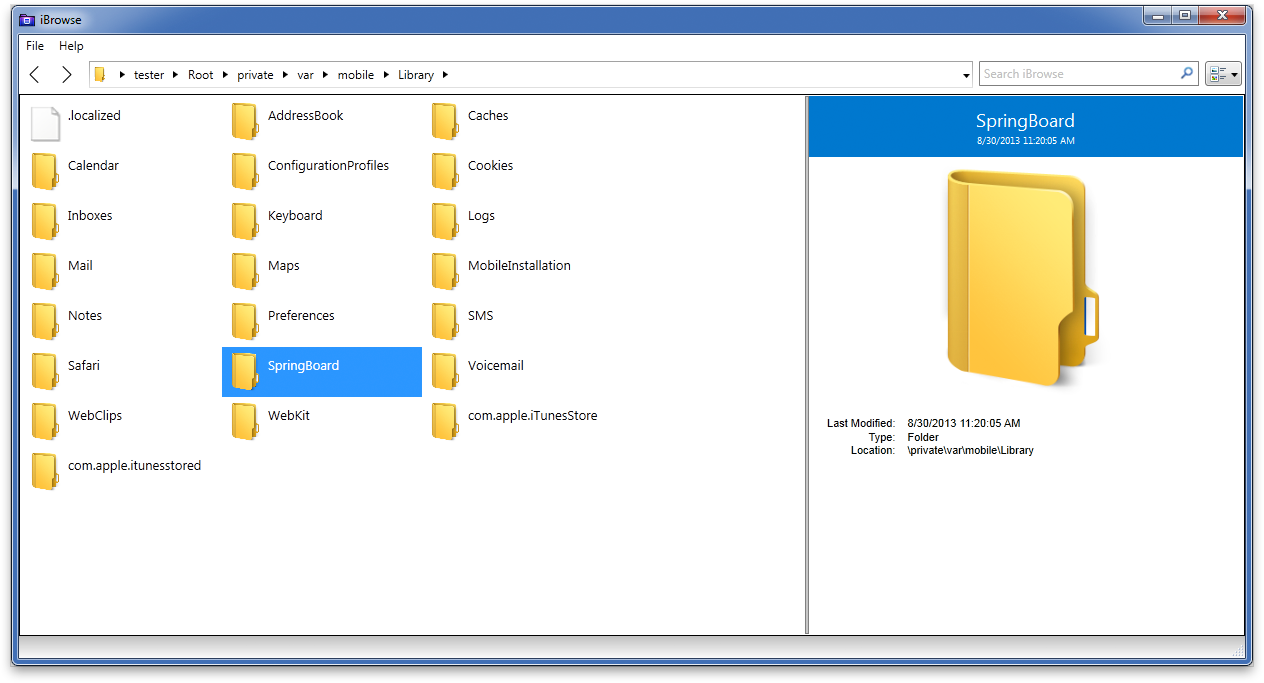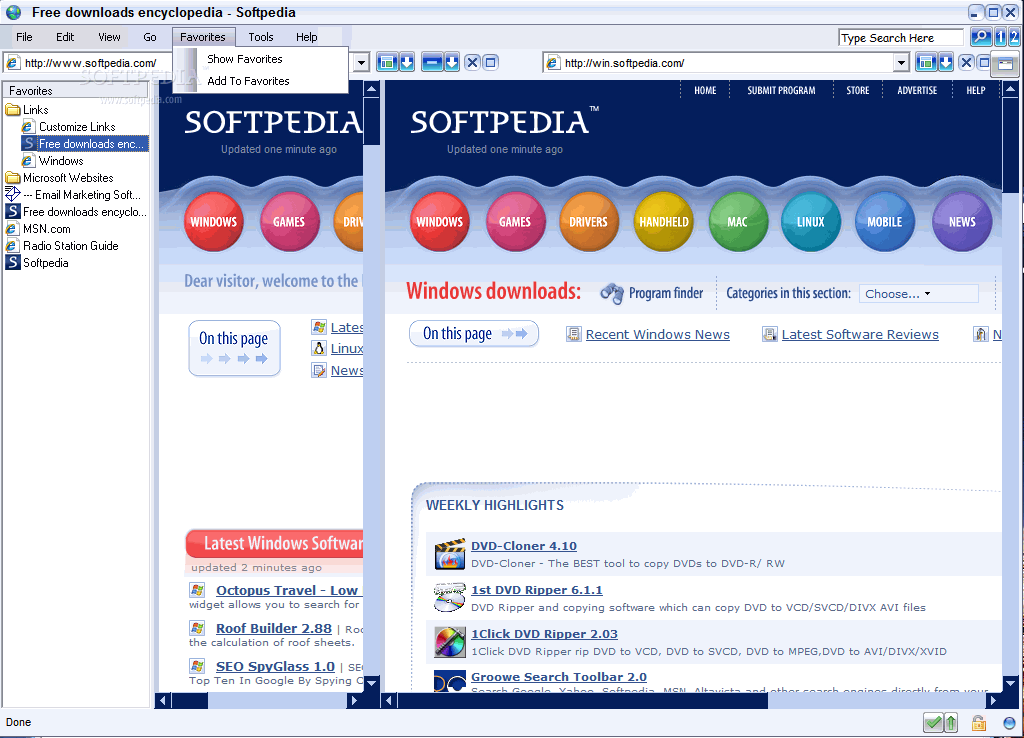

#IBROWSE VS NETSURF WINDOWS 8#
Previous versions of the OS shouldn't be a problem with Windows 8 and Windows 7 having been tested. IBrowse can be used on a computer running Windows 11 or Windows 10. What version of Windows can iBrowse run on?
#IBROWSE VS NETSURF SOFTWARE#
Download and installation of this PC software is free and 4.6.0 is the latest version last time we checked.
#IBROWSE VS NETSURF LICENSE#
IBrowse is provided under a freeware license on Windows from iPhone tools with no restrictions on usage.

I guess that the IE8 range is similarly restricted due to it using a limit of 50 cookies per host and an epoch at 1980. Opera has the similar thing, it has a limit of 30 cookies by default which explains the 41-69 limit in this case. When I changed the config ‘’ to 200 instead (thanks to Dan Witte), I got the more sensible and expected range 10 – 69. = Firefox has a default limit of 50 cookies per host which is the explanation to this funny range. Konqueror: 00 – 99 (and IE3, Links, Netsurf, Voyager).Firefox: 21 – 69 (Safari and Fennec and MicroB on n900).These are the ranges different browsers think are future: The results with the various browsers is very interesting. When the user reloads this page, the page prints all “test$yy” cookies that get sent to the server. (this section was added after my first post)Īfter having done the above basic tests, I proceeded and wrote a slightly more involved test that sets 100 cookies in this format: Set-Cookie: test$yy=set expires=Wed Oct 1 22:01:55 $yy (this info was originally posted to the httpstate mailing list) Beyond just “69” Thanks to my friends in #rockbox-community that helped me out! So, what browsers think 69 is in the future and what think 69 is in the past? Feel free to try out more browsers and tell me the results, this is the list we have so far: If the cookie is still there, your browser of choice treats the date above as a date in the future. You see that it prints the Cookie: header, so if you reload that URL you should see “testme=yesyes” being output if the cookie is still there. Print "Set-Cookie: testme=yesyes expires=Wed Sep 1 22:01:55 69 \n" The CGI script looks like this: print "Content-Type: text/plain\n" Set-Cookie: testme=yesyes expires=Wed Sep 1 22:01:55 69

It sends a single cookie header that looks like: I setup a little CGI that can be used to check what your browser thinks: And more precisely, is 69 in the future or in the past?

The question came up how browsers and clients treat years in ‘expires’ strings if the year is only specified with two digits. In the current work of the IETF http-state working group, we’re documenting how cookies work.


 0 kommentar(er)
0 kommentar(er)
